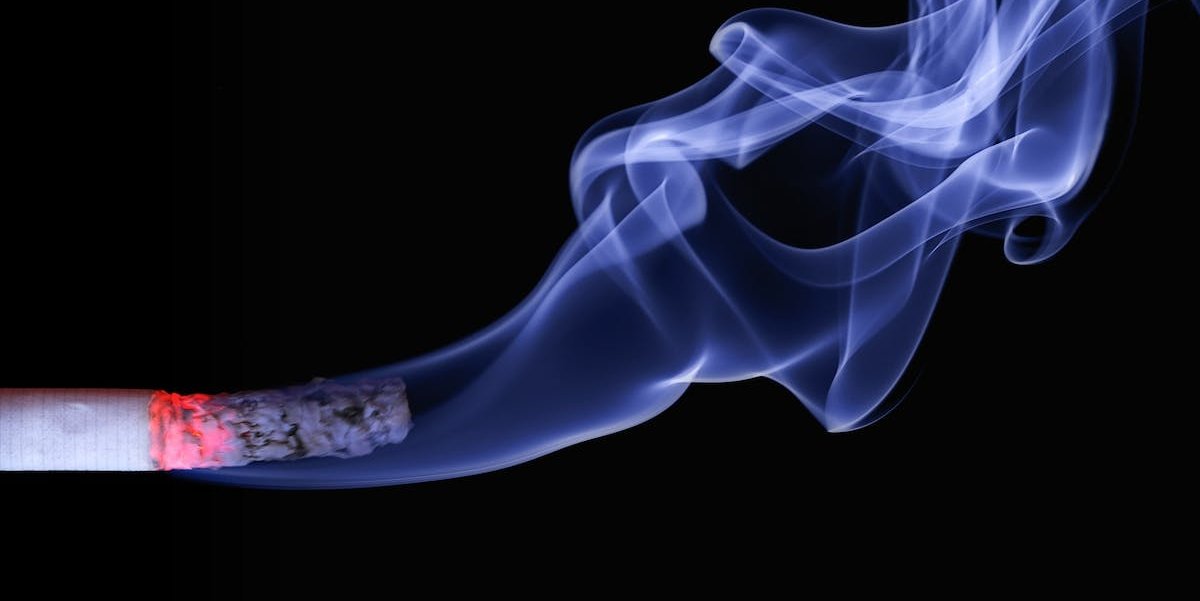https://rodutobaccotruth.blogspot.co.uk/2017/08/negligible-evidence-of-radical-nicotine.html
The history of reducing the psychoactive element from a product, the whole point of which is the psychoactive effect, does not have a great history. Sticking with cigarettes, the early nineties saw a number of ‘denicotinised’ cigarettes hit the market. My guess is they didn’t go down too well
http://www.nytimes.com/1992/01/18/business/new-philip-morris-cigarette-emphasizes-less-nicotine.html
Taking the nicotine out the cigarette is not the same as taking the caffeine out the coffee. People want the taste and flavour of the coffee without the caffeine. There is no significant health benefit or deficit either way, unless perhaps you have some kind of cardiovascular condition where any kind of artificial stimulation would be ill-advised.
In the main, the biggest problem with caffeine is to keep awake at night. I have to say that doesn’t affect me; I like my coffee nuclear, it needs to be glowing in the dark. But then again, I’m a drooling caffeine fiend, who would rob his own granny for a double expresso, so what do I know? Addicted? Moi?
However, if people want the taste of tobacco without the nicotine, mostly they will fire up a cigarette which rumour has it, is seriously bad news. And while there are still billions of cigarettes out there, why would you bother with nicotine reduced varieties? Now of course, there are many other options for getting that hit without the shit (campaign slogan anybody?).
During Prohibition, there was a fashion for producing low alcohol beer to get around the law. Called a "near beer", the most popular brand was Bevo, brewed by the Anheuser-Busch company, but many local and regional breweries stayed in business by marketing their own near-beers. By 1921, production of near beer had reached over 300 million US gallons, or one billion litres. But all was not as it seemed; a popular illegal practice was to add alcohol to near beer. The resulting beverage was known as spiked beer or needle beer, so-called because a needle was used to inject alcohol through the cork of the bottle or keg. Food critic and writer Waverley Root described the common American near beer as "such a wishy-washy, thin, ill-tasting, discouraging sort of slop that it might have been dreamed up by a Puritan Machiavelli with the intent of disgusting drinkers with genuine beer forever." But as we know, if the government hoped that by allowing near beer, drinkers would be discouraged from drinking beer forever, it didn’t exactly pan out that way.
Today, some state governments, e.g. Pennsylvania prohibit the sale of non-alcoholic brews to persons under the age of 21. A study conducted by the department of psychology at Indiana University said, "Because non-alcoholic beer provides sensory cues that simulate alcoholic beer, this beverage may be more effective than other placebos in contributing to a credible manipulation of expectancies to receive alcohol", making people feel "drunk" when physically they are not. There have been many similar experiments done in the past with everything from vodka to amphetamine. If people think they have been given a drug, they often act as if they really have.
But beyond a laboratory placebo effect, this underlines the fact that as drug researchers have known for years, the effect of a drug is not simply the interaction between substance and brain chemistry. The effect of a substance is also linked to user expectations and the whole personal, social and cultural environmental situation of use. Take the example of morphine; give it to hospital patients for chronic pain and stop the drug when the pain has been dealt with, and there may well be some physical discomfort. But once home, the patient will not be trawling the mean streets looking for the next hit because all the other factors that result in somebody becoming addicted are absent. Yet the FDA, the National Institute on Drug Abuse and similar agencies are wedded to this reductionist view providing the framework for the disease model of addiction.
No different with smoking cigarettes: it’s not just about the nicotine but comes with all that other baggage which reductionists choose to ignore, slaves as they are to what science writer Richard DeGrandpre calls “the cult of pharmacology”. But what it means is that for as long as real cigarettes are out there, and they will be out there for a long time yet, real smokers will vote with their lungs unless tobacco control officials inhale the fact that alternative nicotine delivery systems will not ‘possibly’ or ‘probably’ save lives – they just will.
The largest British survey of 11-16 year-olds has found that fears of an e-cig gateway effect are unfounded. Deborah Arnott of ASH was quoted that ASH “will continue to monitor the potential impact of e-cigarettes on young people, however this study provides reassurance that to date fears that they are a gateway into smoking are just not born out by the facts on the ground. A small proportion of young people do experiment with e-cigs, but this does not appear to be leading to regular vaping or smoking in any numbers, indeed smoking rates in young people are continuing to decline.”
https://www.theguardian.com/society/2017/aug/29/fears-over-e-cigarettes-leading-to-smoking-for-young-people-unfounded-study
But is it any wonder that people are confused when they read this from Mark Connor of Leeds University:
“Young people in Britain who use e-cigarettes (vape) are nearly four times more likely to start smoking cigarettes than their non-vaping peers, our latest study has found”. Answers on a cigarette packet please.
And if you had data that showed this – how would you headline it? How about “No significant decline in overall high school tobacco use over the past five years” And of course, you would include e-cigarettes as a tobacco product, wouldn’t you?
https://www.fda.gov/downloads/TobaccoProducts/PublicHealthEducation/ProtectingKidsfromTobacco/UCM569880.pdf
And finally….an exploding e-cigarette caused a major London train station to be evacuated. But before the anti-vaping lobby starts rubbing its hands, the London Fire Brigade reissued a warning that…
http://www.london-fire.gov.uk/news/LatestNewsReleases_255-times-more-likely-to-have-a-fire-caused-by-tobacco-than-vaping.asp#.WawmDtGQw2z
